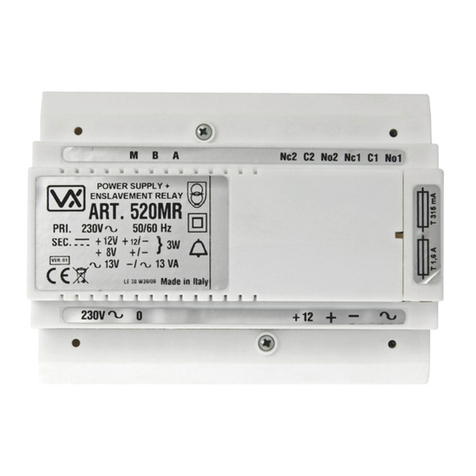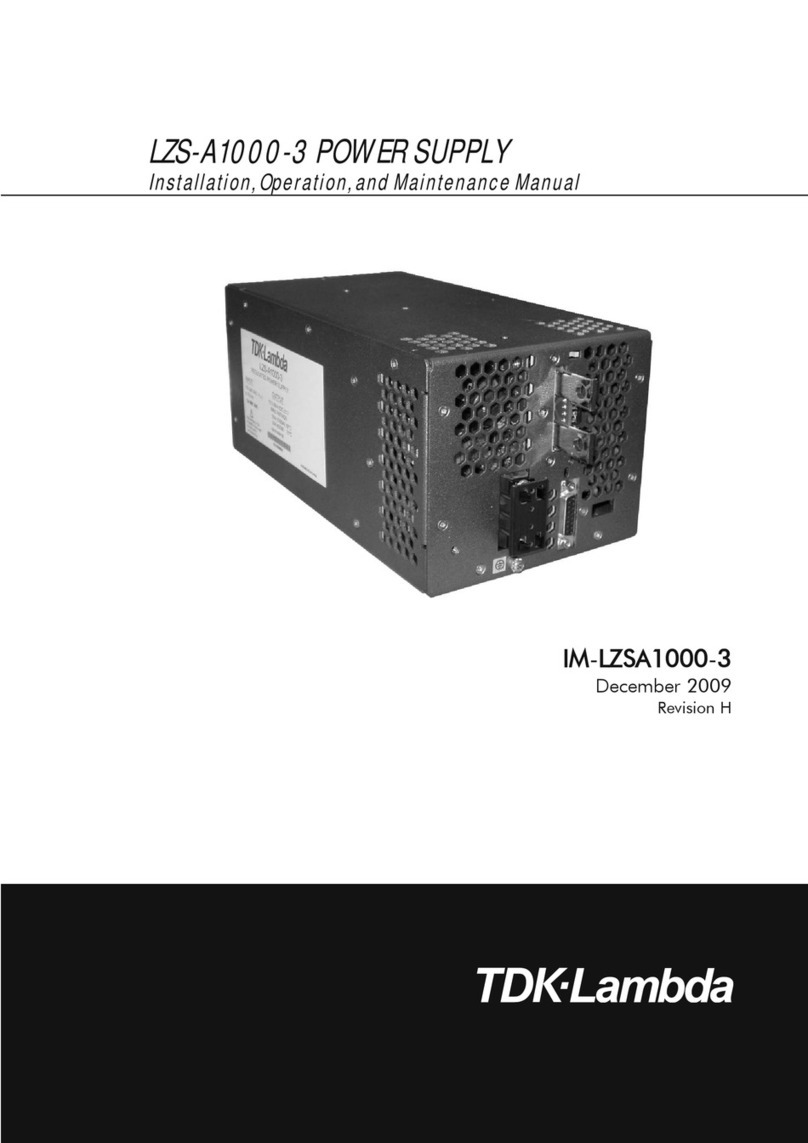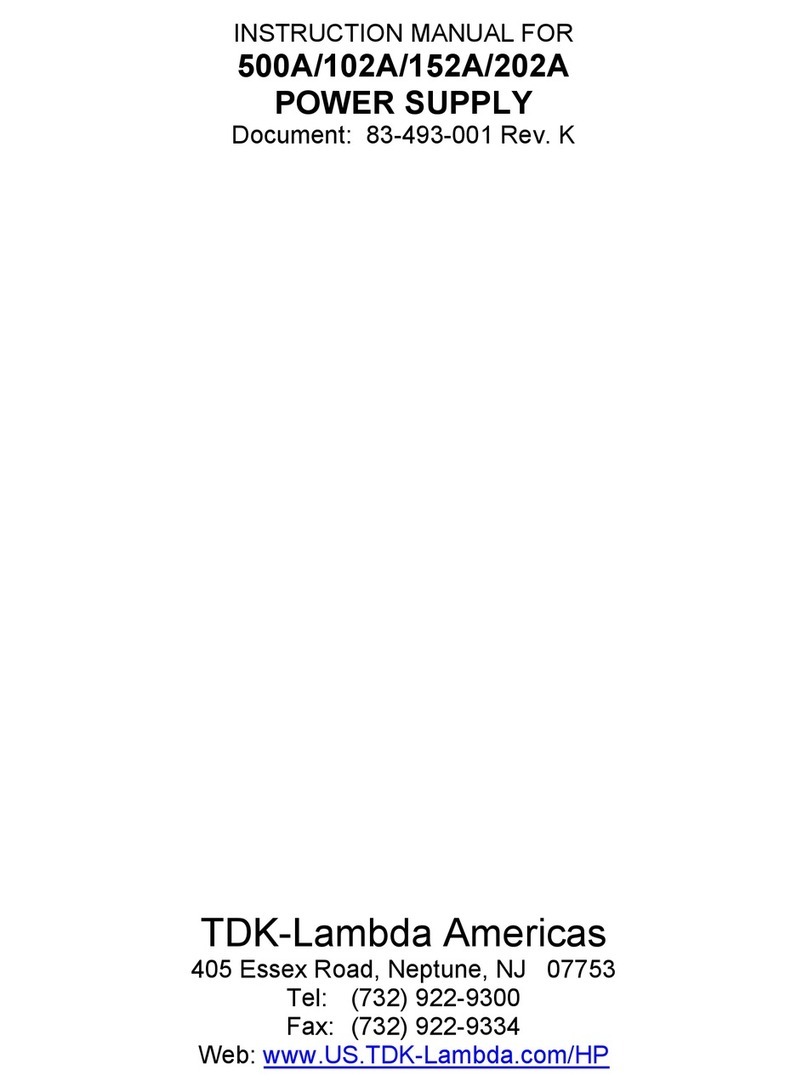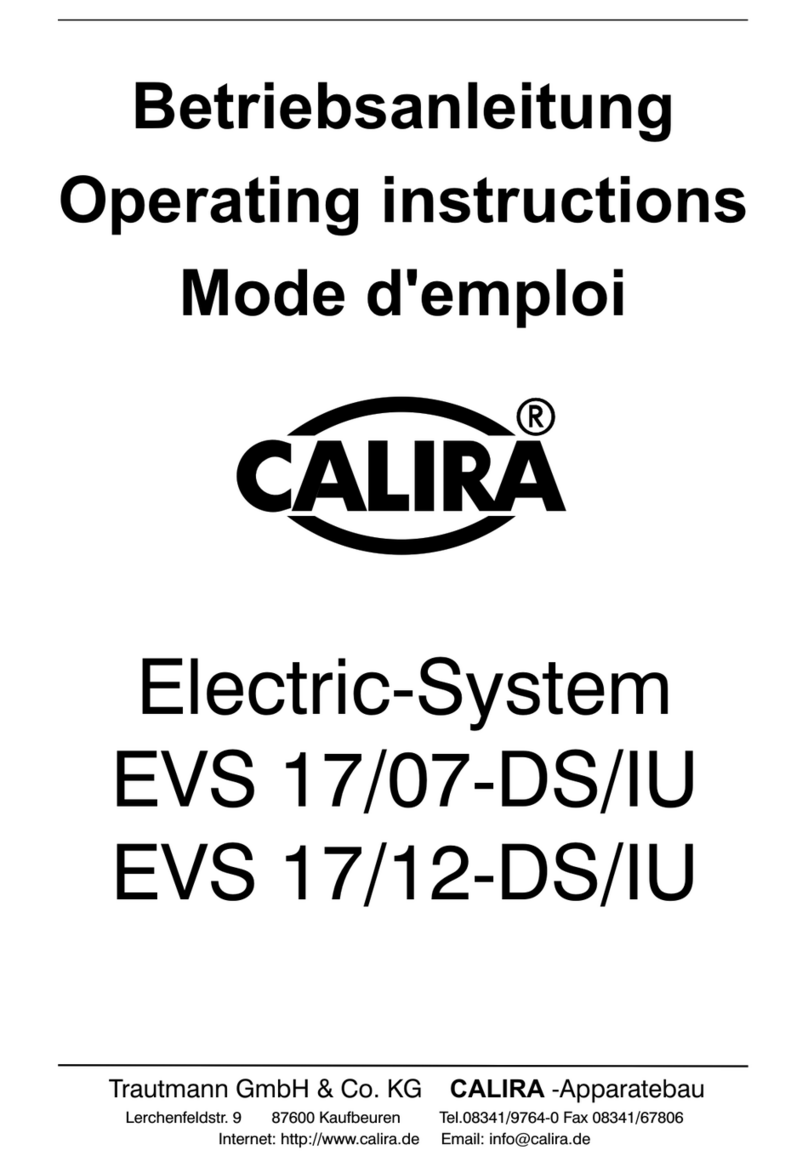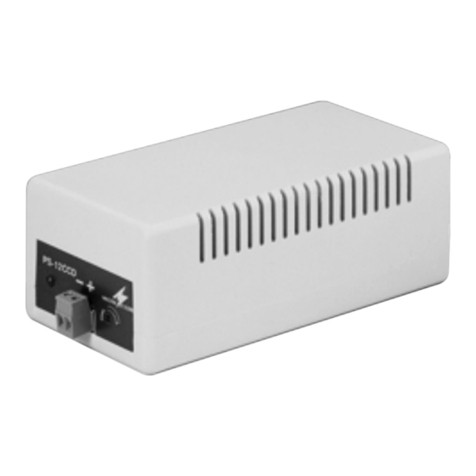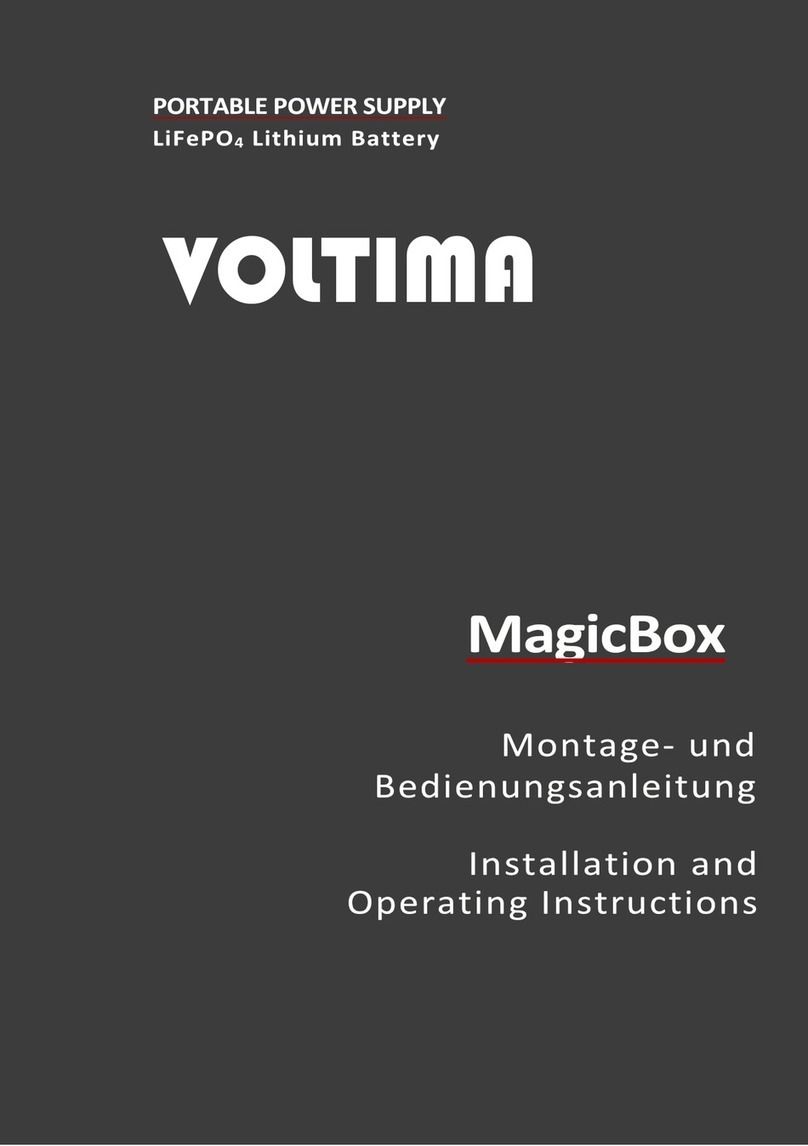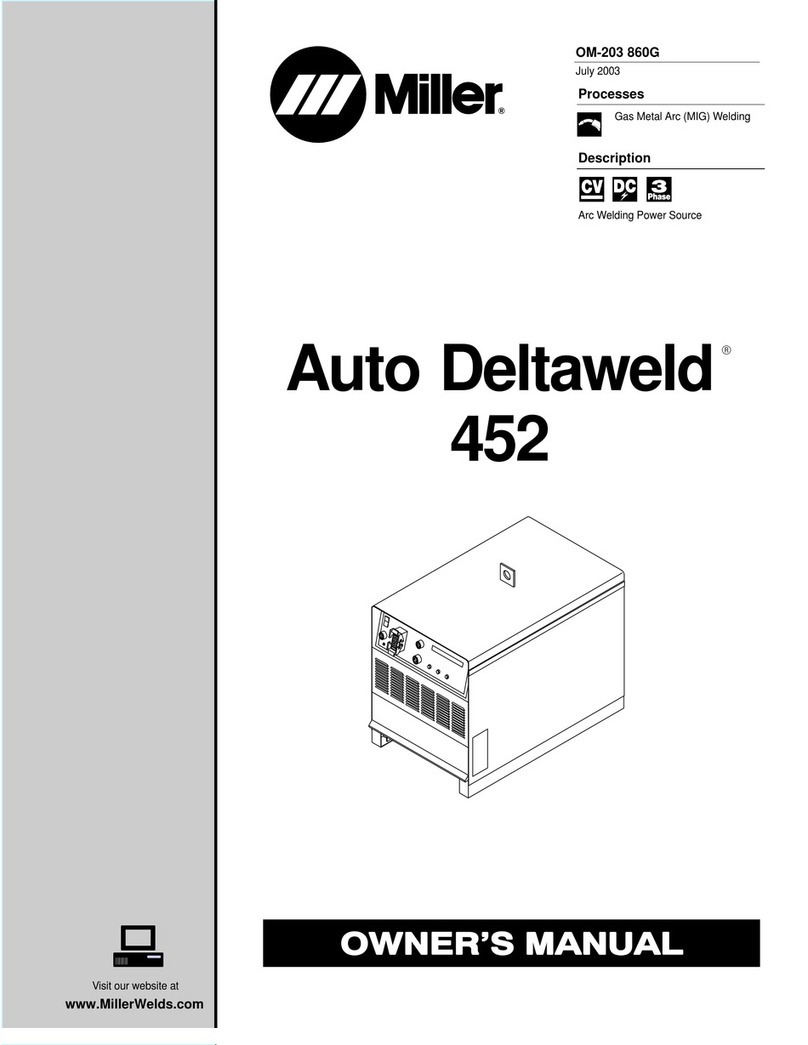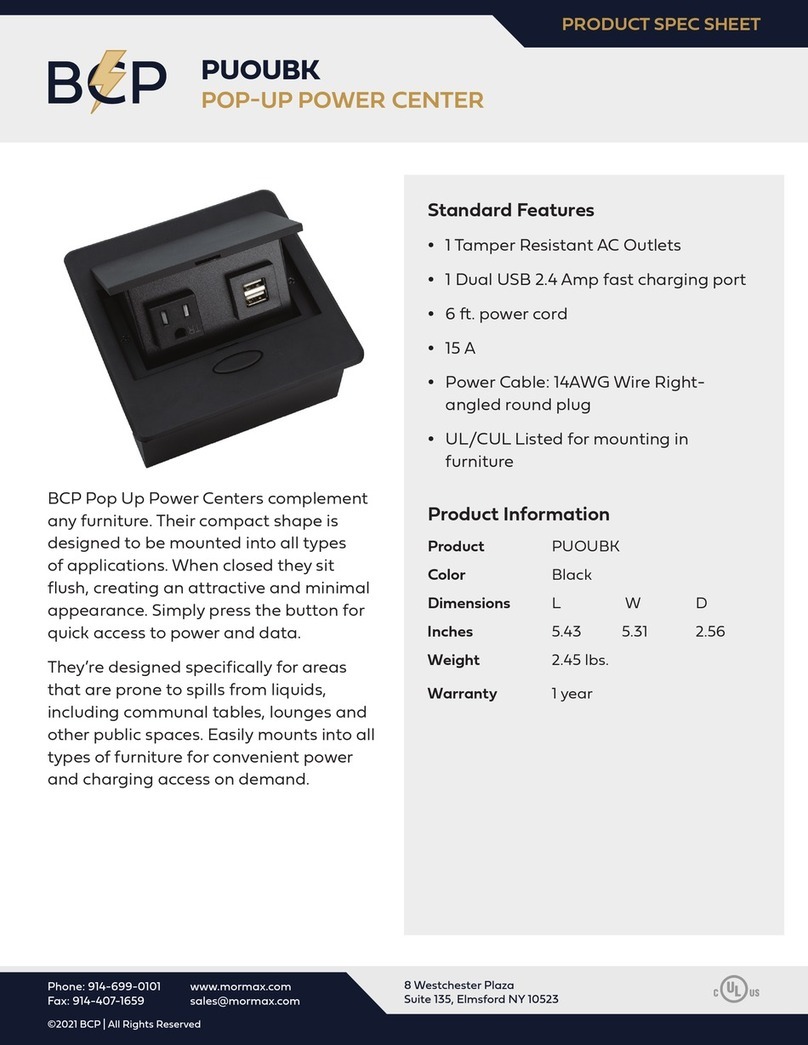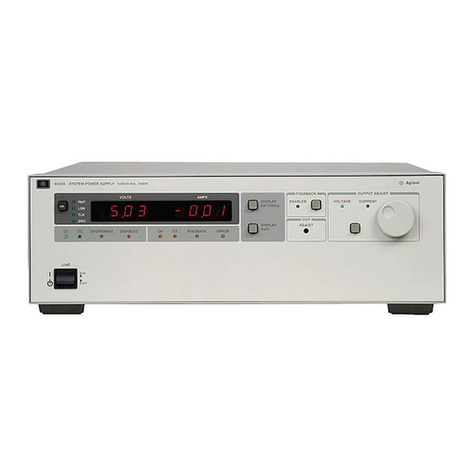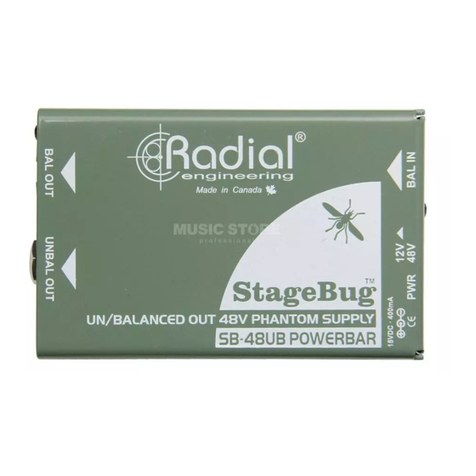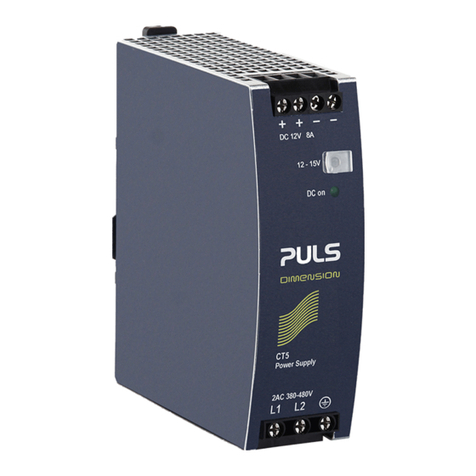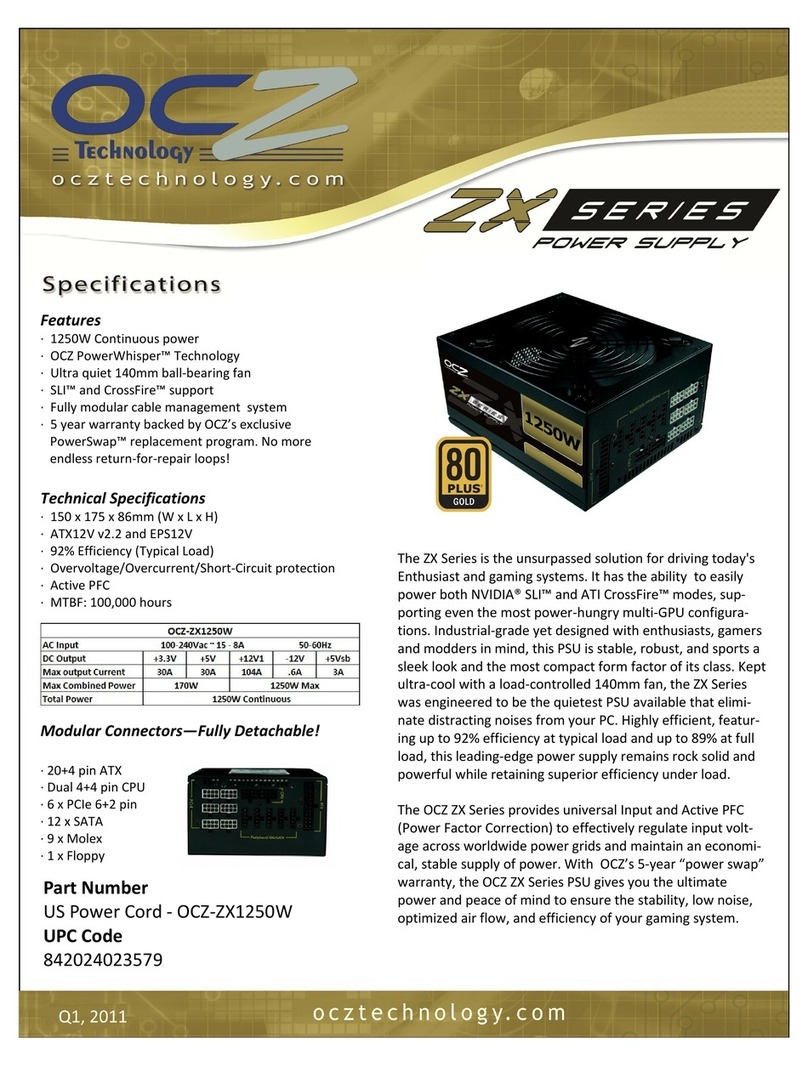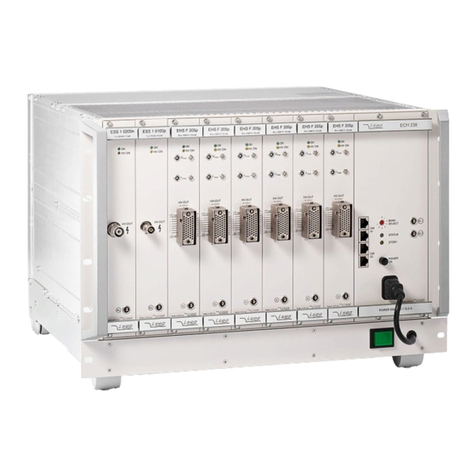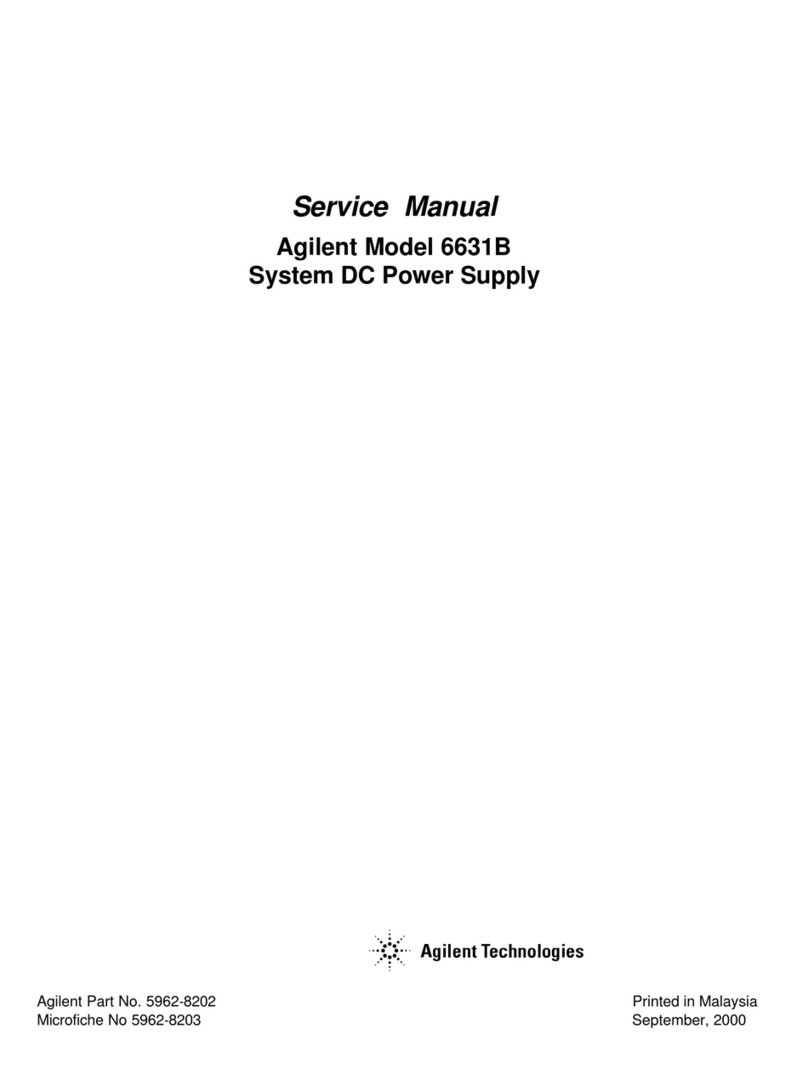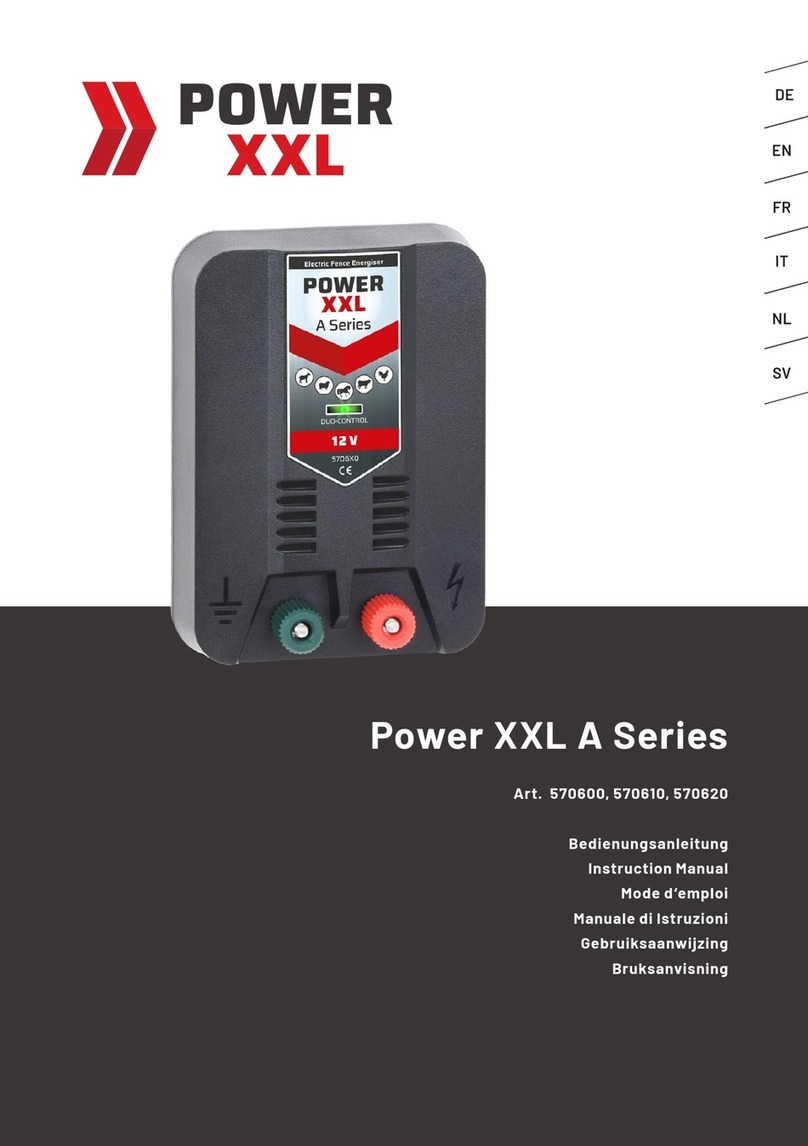RD 500 RD42 I
DOK-RD500*-RD42*******-IB03-EN-P
Table of content
1 Description 1-1
1.1 General information....................................................................................................................... 1-1
Operating mode, standby:........................................................................................................ 1-1
Operating mode, run: ............................................................................................................... 1-1
1.2 Dimensioning information ............................................................................................................. 1-1
Dimensioning the power sections ............................................................................................ 1-1
Dimensioning for dynamic regenerative feedback operations................................................. 1-2
1.3 Technical data............................................................................................................................... 1-2
1.4 Block circuit diagram ..................................................................................................................... 1-3
1.5 Type code ..................................................................................................................................... 1-4
2 Mechanical mounting and installation 2-1
2.1 Storage and mounting location ..................................................................................................... 2-1
Storage..................................................................................................................................... 2-1
Minimum requirements at the mounting location..................................................................... 2-1
Installation altitudes above 1000 meters sea level: ................................................................. 2-2
2.2 Mounting the supply modules ....................................................................................................... 2-2
2.3 Dimension drawings...................................................................................................................... 2-3
3 Electrical installation 3-1
3.1 EMC-correct design of drives........................................................................................................ 3-1
3.2 Warnings and information ............................................................................................................. 3-3
3.3 Cable cross-sections..................................................................................................................... 3-4
Alternative fuse types............................................................................................................... 3-4
3.4 Power terminals RD42 .................................................................................................................. 3-5
3.5 Line filter connection ..................................................................................................................... 3-5
3.6 Supply module connection............................................................................................................ 3-6
Power terminal X1.................................................................................................................... 3-6
Power terminal X2.................................................................................................................... 3-6
Power terminal X3.................................................................................................................... 3-6
3.7 Control terminals ........................................................................................................................... 3-7
Terminal diagram ..................................................................................................................... 3-7
Control terminal strip X11 on SN11027 ................................................................................... 3-9
Control terminal strip X52 on NR16236................................................................................. 3-10
3.8 Serial interface ............................................................................................................................ 3-10
Data transfer protocol ............................................................................................................3-10
Connector assignment X16.................................................................................................... 3-11
